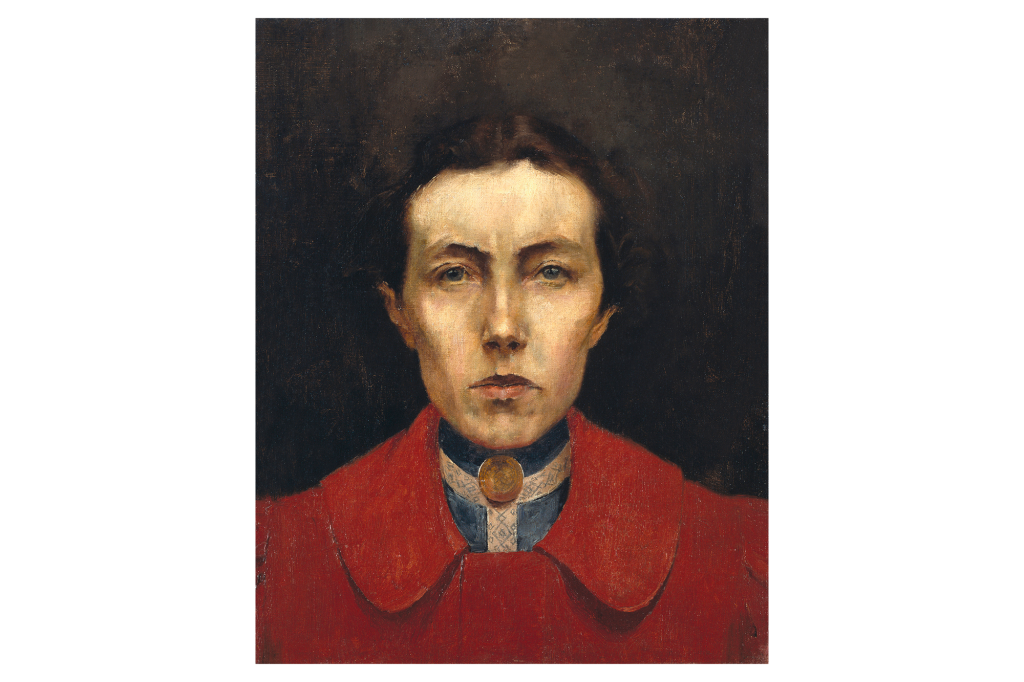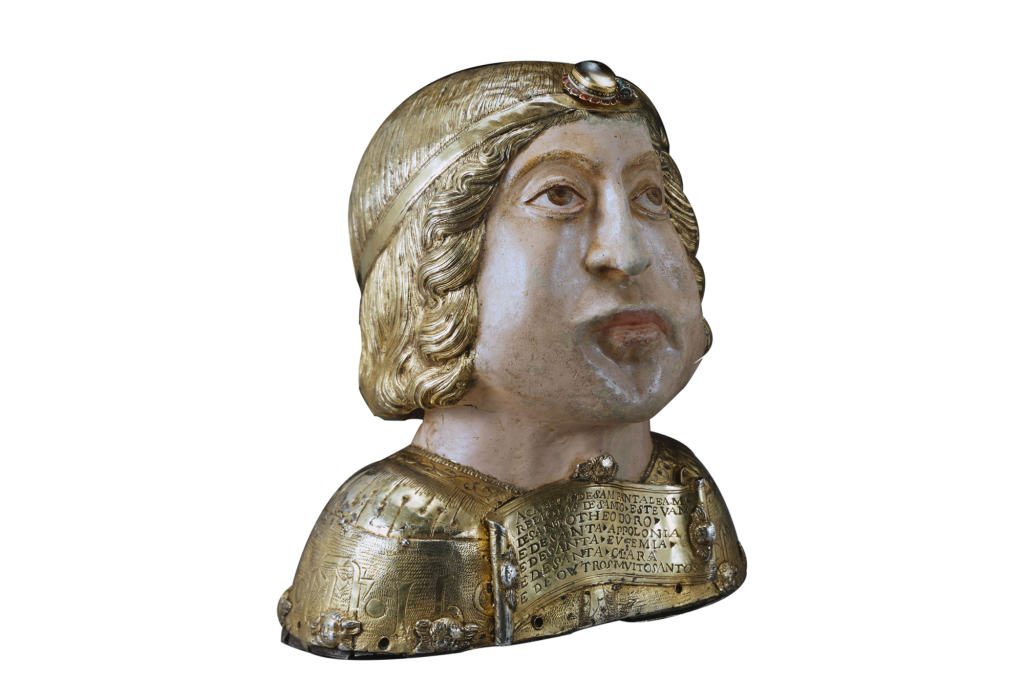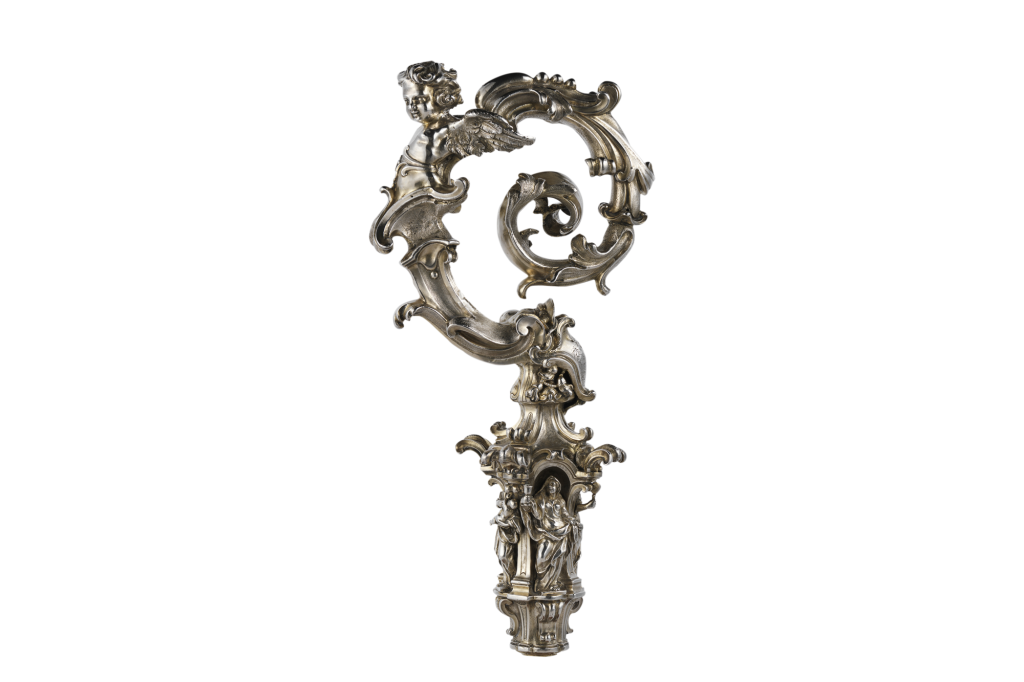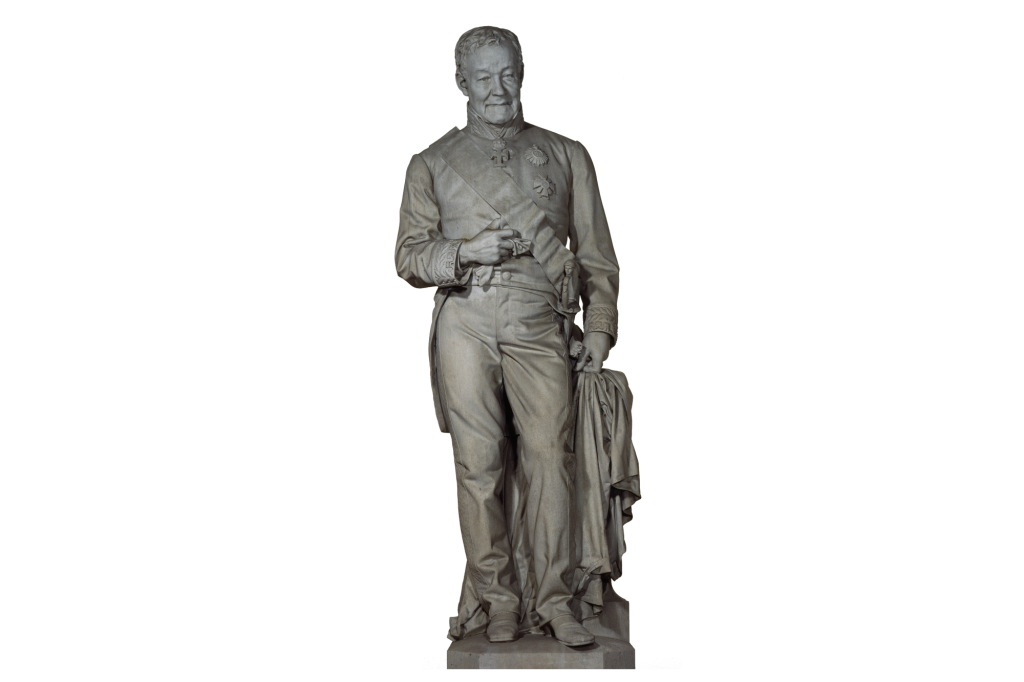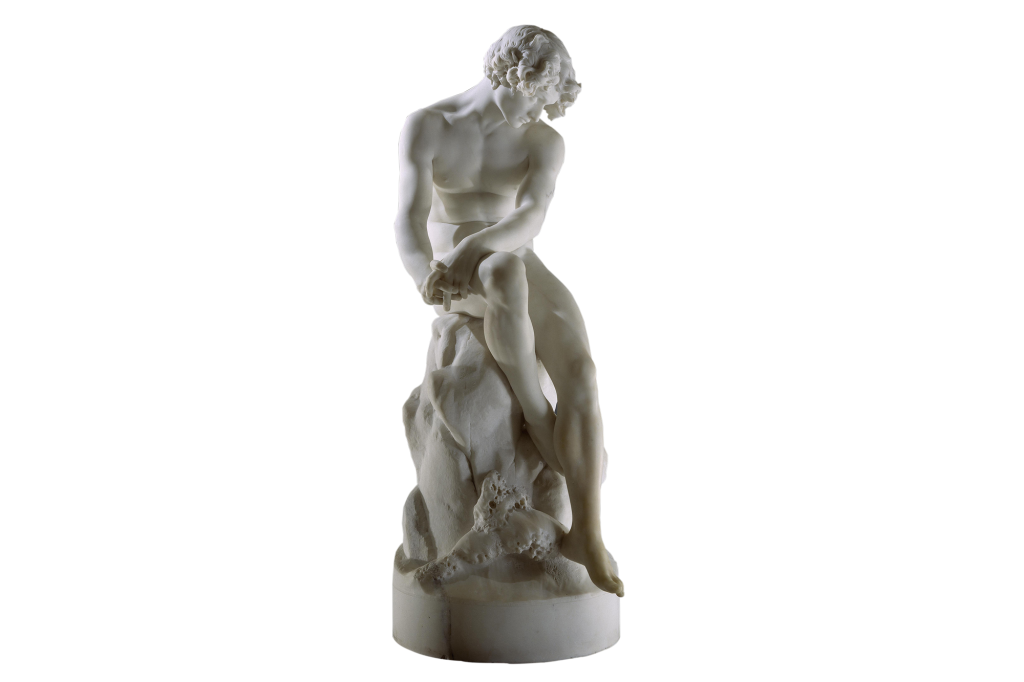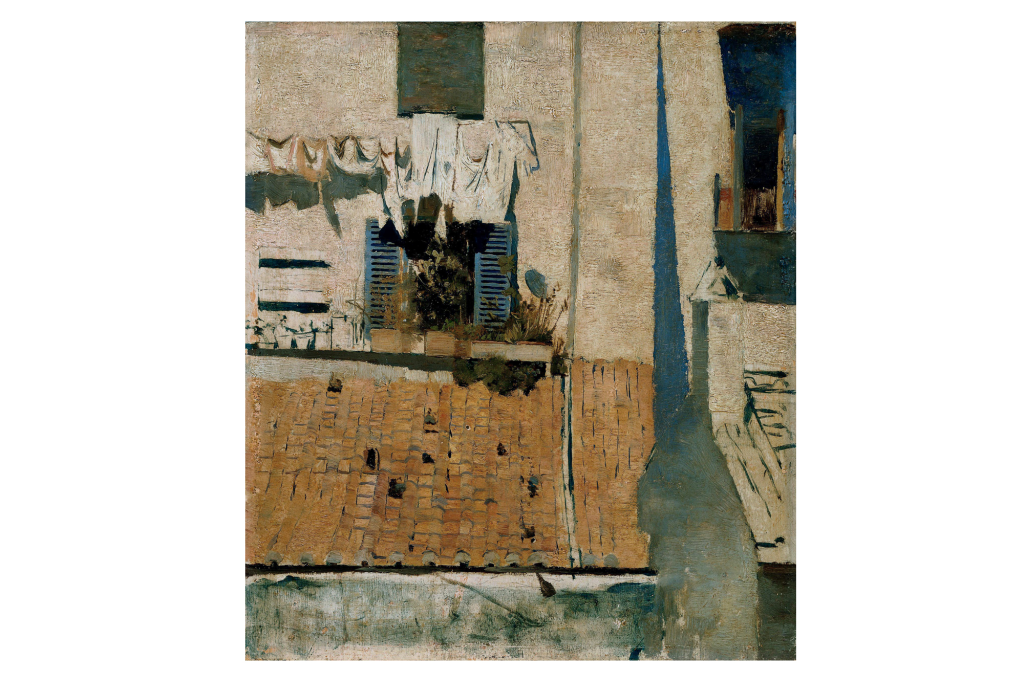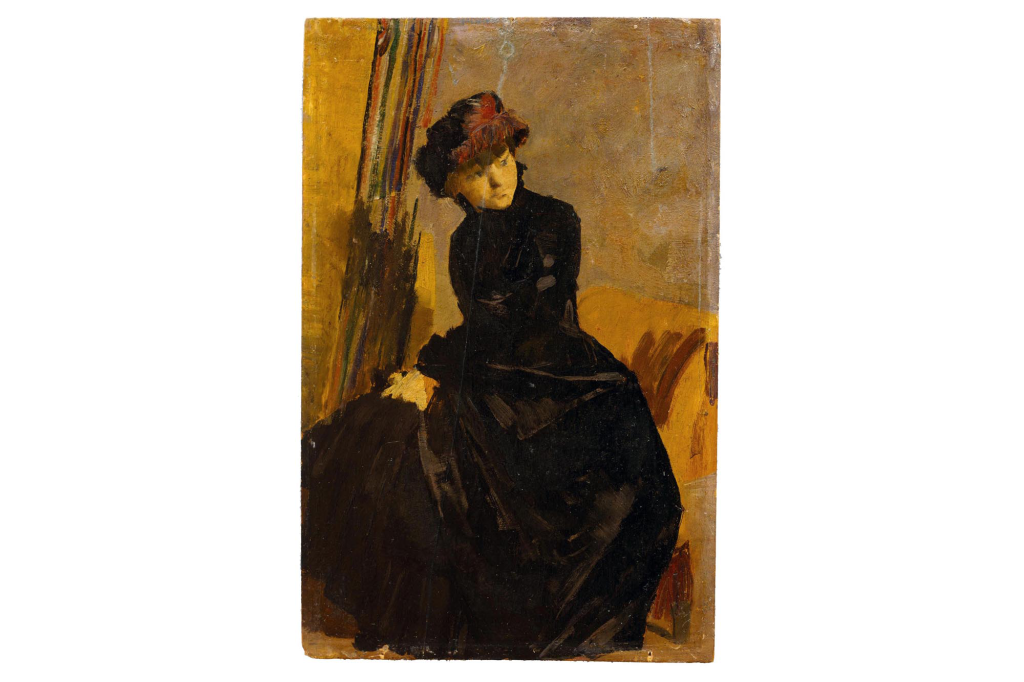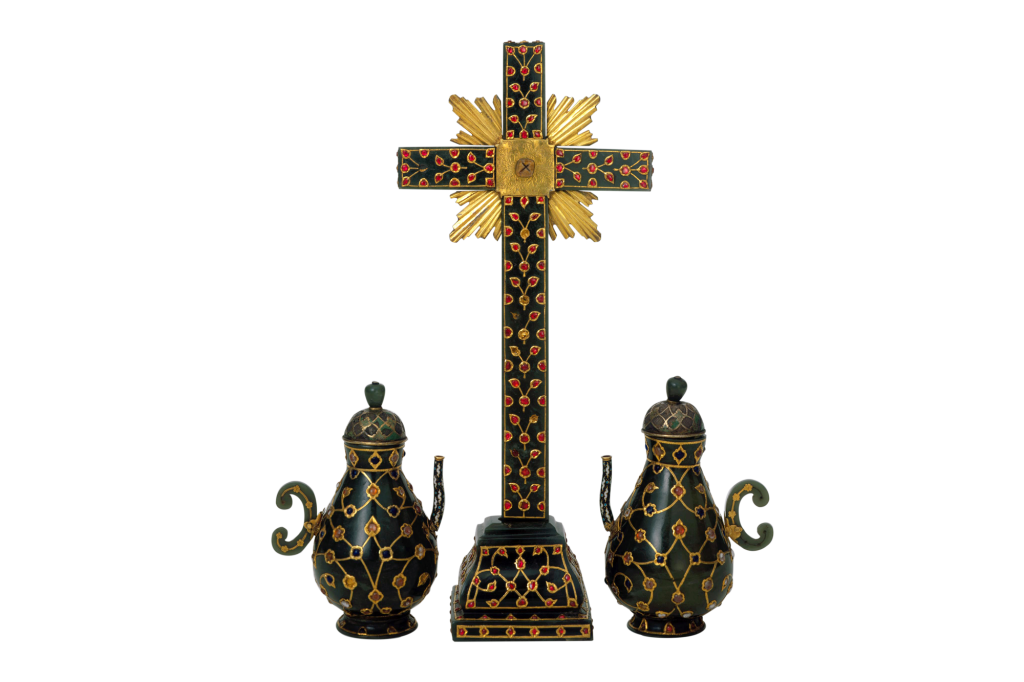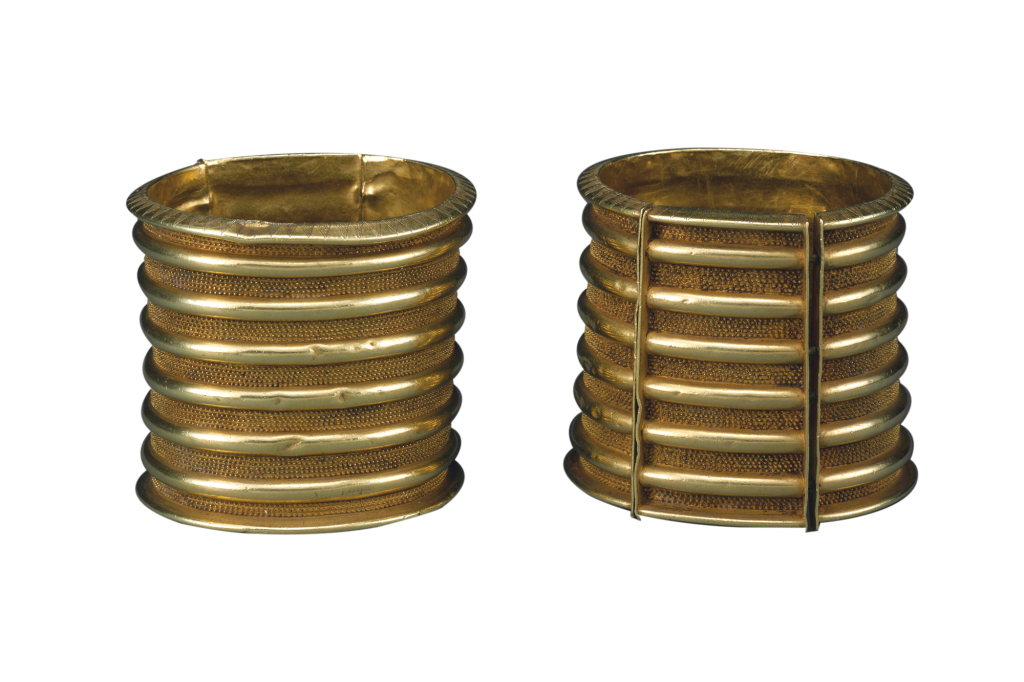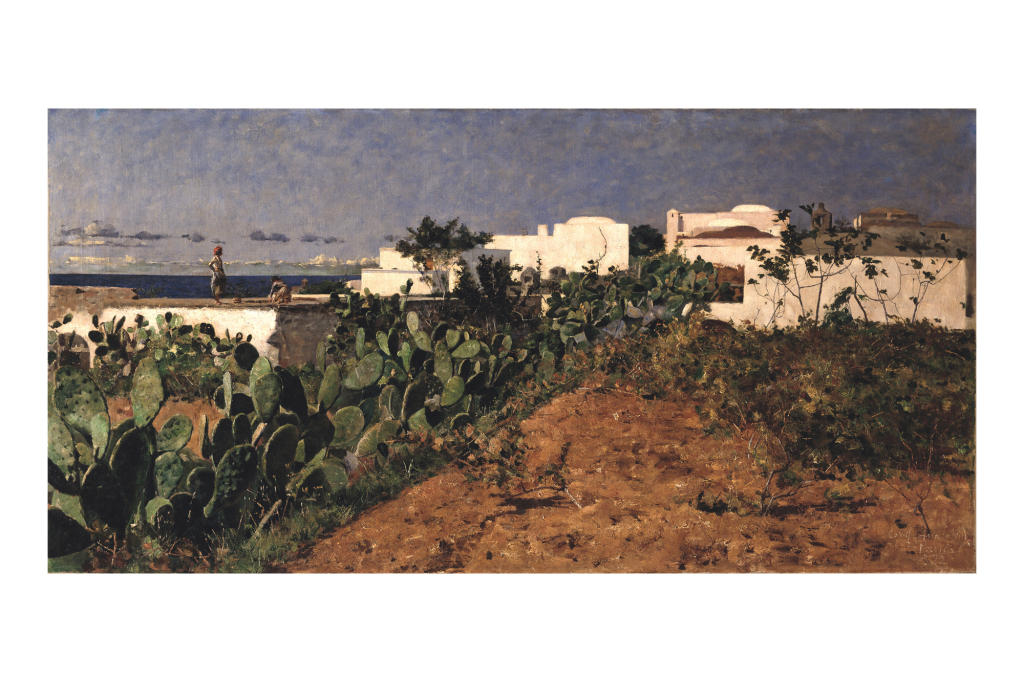
Casas Brancas de Capri (The White Houses of Capri) is a landscape by the naturalist painter, Henrique Pousão. It is a work that clearly shows the artist’s exceptional qualities: his talent for composition and his particular sensitivity to the Mediterranean light that accentuates forms and chromatic contrasts.
In late 1881, at the age of 22, Henrique Pousão left Paris for Italy in search of a more favourable climate for his already poor health. He stayed there for about two years, producing some of his most memorable works. This painting, dated 1882, was part of the second batch of scholarship works sent later to the Academia Portuense de Belas Artes. In the Casas Brancas de Capri, Pousão harmoniously combines the sense of narrative, enhancing the motif, with a more synthetic language expressed in the geometric forms of the middle ground architecture.

